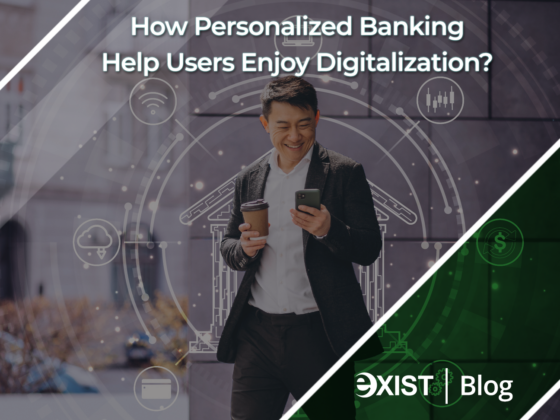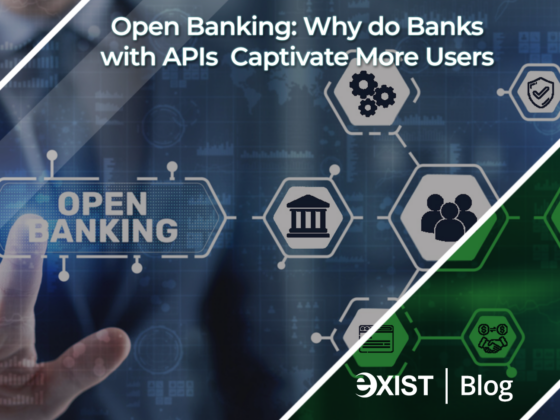In the age of digitalization, banking has become more than just a transactional relationship between customers and banks. Today, personalized banking is essential for customer…
read more
Open Banking Ecosystem: Why do Banks with APIs Captivate More Users
https://exist.com/wp-content/uploads/BFSI-Blog_February-17-2023.png
1300
972
Ric Naingue
https://secure.gravatar.com/avatar/fbe72c2e5258e53ade8b2d4af273ebc91c7a726190d03ebfd7daf3c66e32aefe?s=96&d=mm&r=g
A PLACE WHERE YOU CAN SEE EVERYTHING – This is the first thought that comes to my mind about Mobile Internet Banking. Banks who adapt…
read more
Digital Banking in 2023 – What to Expect
https://exist.com/wp-content/uploads/BFSI-Blog_February-03-2023_V1.jpg
650
486
Ric Naingue
https://secure.gravatar.com/avatar/fbe72c2e5258e53ade8b2d4af273ebc91c7a726190d03ebfd7daf3c66e32aefe?s=96&d=mm&r=g
Technology became unwavering as it conquered many battles in the last two years when the pandemic became a primary problem in different business sectors across…
read more
Data Science 101: What are concepts you need to know before entering the Data Science world?
https://exist.com/wp-content/uploads/Mark-Dary-ll-14.jpg
650
486
Ric Naingue
https://secure.gravatar.com/avatar/fbe72c2e5258e53ade8b2d4af273ebc91c7a726190d03ebfd7daf3c66e32aefe?s=96&d=mm&r=g
I was playing around with data and then I found the Science — Yes, my introduction to the world of Data Science has been a…
read more
Exist Software Labs Inc and Informatica Pocket Session 2022: Realizing Data Governance Benefits in a Cloud-Hybrid World
https://exist.com/wp-content/uploads/blog-news.jpg
650
486
Ric Naingue
https://secure.gravatar.com/avatar/fbe72c2e5258e53ade8b2d4af273ebc91c7a726190d03ebfd7daf3c66e32aefe?s=96&d=mm&r=g
Exist Software Labs Inc and Informatica Pocket Session: Realizing Data Governance Benefits in a Cloud-Hybrid World On September 15, Exist Software Labs, in a joint…
read more




